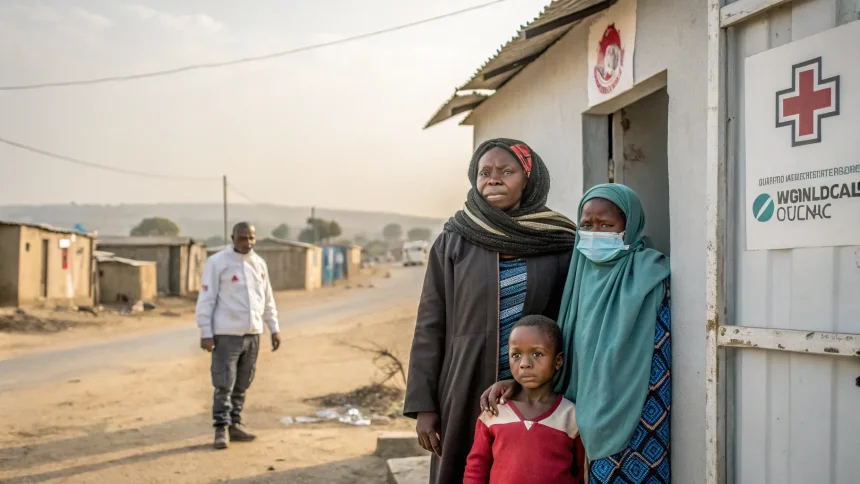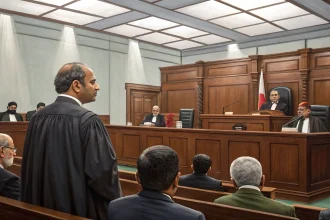A significant healthcare coverage gap is affecting approximately 80 to 100 million Indian households who find themselves caught in what experts describe as the “missing middle.” These families face a troubling predicament: they earn too much to qualify for government-subsidized healthcare schemes but don’t make enough to purchase adequate private health insurance.
This healthcare coverage void represents one of the most pressing challenges in India’s journey toward universal health coverage. While the country has made strides in extending healthcare access to its poorest citizens through various government initiatives, a substantial portion of the population remains vulnerable to financial hardship from medical expenses.
Understanding the Missing Middle
The “missing middle” primarily consists of households in lower-middle-income brackets, including many self-employed workers, small business owners, and those employed in the informal sector. These families typically earn enough to disqualify them from government welfare programs but lack the financial resources to invest in comprehensive private health insurance plans.
Without adequate coverage, these households often face catastrophic healthcare costs when serious illness strikes. A single hospitalization can push families into debt or force them to deplete their savings, creating a cycle of financial instability that can last for generations.
The Scale of the Problem
The sheer size of this vulnerable group—80 to 100 million households—translates to roughly 300-400 million individuals, making this one of the largest healthcare coverage gaps globally. For perspective, this population segment is larger than the entire United States.
Key characteristics of the “missing middle” include:
- Limited access to employer-provided health insurance
- Irregular income patterns that make premium payments difficult
- Low awareness about insurance benefits and options
- Reluctance to pay for preventive healthcare measures
Policy Challenges and Potential Solutions
The current healthcare system’s inability to address the needs of this population segment points to structural issues in both public and private healthcare models in India. Government schemes like Ayushman Bharat provide coverage to the poorest citizens, while corporate health insurance serves those in formal employment—leaving the middle group exposed.
Health policy experts suggest that addressing this gap requires innovative approaches that blend aspects of both public and private healthcare financing. Potential solutions include graduated subsidy models, where government support decreases as income rises, and the development of affordable micro-insurance products specifically designed for middle-income households.
“The current system is failing about 8 to 10 crore Indian households,” notes a recent healthcare assessment, highlighting the urgent need for policy intervention.
Economic Implications
Beyond the human cost, this coverage gap has significant economic implications. Families forced to pay out-of-pocket for healthcare often cut back on productive investments like education or business expansion. The resulting financial strain can limit economic mobility and contribute to persistent inequality.
Additionally, lack of preventive care among the missing middle leads to delayed treatment, resulting in more severe health conditions that ultimately cost more to treat and reduce workforce productivity.
Addressing this healthcare coverage gap represents not just a moral imperative but an economic necessity for India’s continued development. Until comprehensive solutions are implemented, millions of households will remain just one medical emergency away from financial disaster, undermining the country’s progress toward becoming a more equitable society.









